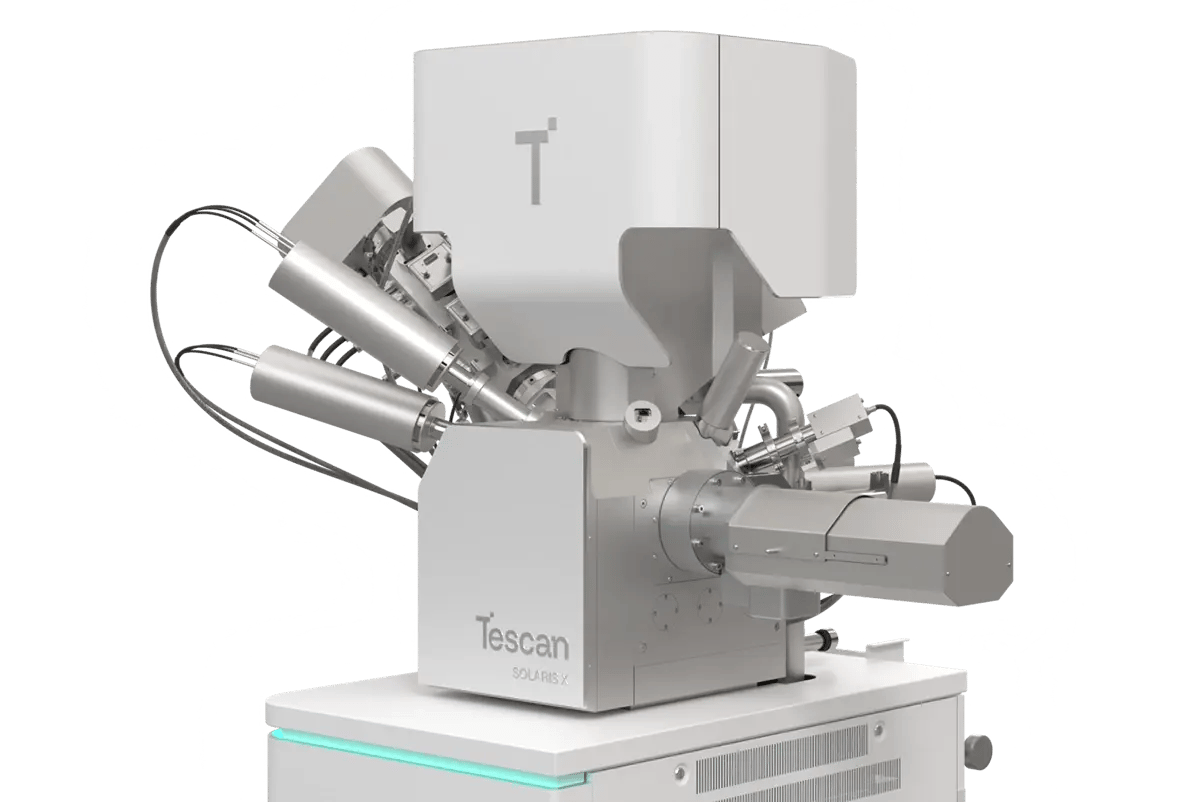1. Root of the Problem
Why Conventional Cross-Sectioning Workflows Fail in Complex Devices
Advanced packages like AMOLED displays, flip-chips, and 3D memory stacks demand precise failure analysis, yet traditional sample preparation creates major obstacles. Plasma FIB milling alone is accurate but impractically slow for large-volume removal, often taking hours to expose millimeter-scale areas. Mechanical sawing is faster, but introduces artifacts such as chipping, delamination, and stress that distort delicate internal layers.
Navigating layered assemblies compounds the problem—manual endpointing and tool-switching increase the risk of damaging critical structures. These limitations reduce efficiency, compromise data integrity, and slow semiconductor development.
The Hybrid Laser and Plasma FIB Workflow eliminates these barriers by combining laser speed with FIB precision for fast, artifact-free cross-sections.
2. Materials and Methods
How Hybrid Laser and Plasma FIB Cross-Sectioning Was Performed
Large-area semiconductor samples, including flip-chips, AMOLED panels, and stacked memory dies, were prepared using a combined femtosecond laser and Xe plasma FIB-SEM workflow.
Femtosecond laser ablation enabled rapid bulk removal of millimeter-scale regions, replacing hours of plasma FIB milling. Plasma FIB polishing then refined surfaces to produce smooth, artifact-free cross-sections suitable for SEM and EDS inspection.
Bitmap image overlays, CAD navigation, and GDS alignment ensured precise targeting and geometry-true sectioning, while tilt-capable laser stages corrected taper angles. This fully integrated approach delivered clean, reproducible cross-sections across diverse device architectures.
3. Results and Discussion
Hybrid Cross-Sectioning Demonstrates Speed and Integrity Across Semiconductor Devices
The Hybrid Laser and Plasma FIB Workflow enabled rapid, large-volume cross-sectioning of flip-chips, AMOLED displays, and 3D memory stacks. Laser ablation reduced bulk removal from hours to minutes, while plasma FIB polishing delivered smooth, geometry-true surfaces free from chipping or delamination.
SEM imaging confirmed intact internal structures, with delicate layers preserved for EDS and further analysis. CAD/GDS overlay navigation ensured accurate end pointing across complex assemblies, supporting reproducible preparation.
Together, these results demonstrate faster, artifact-free workflows that outperform conventional plasma FIB or mechanical sawing in both throughput and sample integrity.



.png?width=1200&height=1200&name=1_Large%20area%20package-level%20cross-sectioning%20with%20laser%20(1).png)




.png?width=1200&height=1200&name=6_Tapper%20angle%20correction%20during%20laser%20cross-sectioning%20(2).png)
